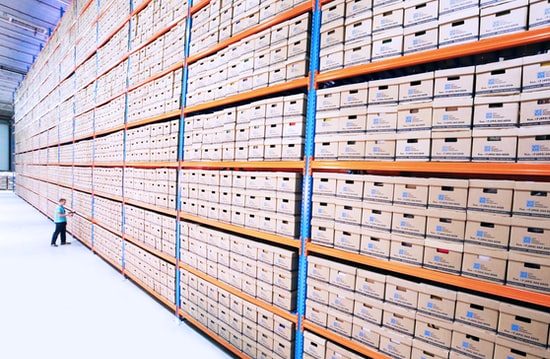-
Logistics and warehousing will be a major catalyst for the real estate sector’s growth in the long term
-
E-commerce will continue to drive logistics leasing demand in 2021 as the pandemic accelerates the shift to omnichannel retailing
-
Demand for highly specialized cold storage for pharmaceuticals, particularly vaccines, is also expected to drive the sector
-
Future supply expansion will be in South and North Luzon where most manufacturing companies are located and there is available land for development
There will be increased need for warehouses, distribution centers, and industrial lots in the post-pandemic setup to support different business operations in the Philippines and on a global scale as business outlook improves and firms adapt to the new normal, according to a new report.
KMC Savills, a leading real estate services firm in the Philippines, said in an outlook report on the logistics and industrial sector that logistics and warehousing will be a major catalyst for the sector’s growth in the long term.
It said that with the onset of the pandemic, industrial and logistics properties have become the most sought-after asset class. This is because of the rapid growth of online retail and the country’s procurement and importation of COVID-19 vaccines, which are driving demand for warehouses and cold chain storage.
“E-commerce will continue to drive logistics leasing demand in 2021 as the pandemic accelerates the shift to omnichannel retailing,” the report said. “Last-mile delivery facilities are in line with the expansion of e-commerce and the expectations of an increasingly sophisticated market.”
Although e-commerce in the Philippines accounts for only roughly 1% of total retail sales, Covid-19 has unleashed its untapped potential. Revenue in e-commerce market is projected to reach US$4.4 billion in 2021, the report said.
Moreover, demand for highly specialized cold storage for pharmaceuticals, particularly vaccines, is also expected to drive the sector.
Under the Philippine Cold Chain Industry Roadmap 2021-2023, the target is to increase cold storage capacity in the country by 10% to 15% annually.
In terms of space demand, 63% of warehousing demand is in the National Capital Region (NCR) where most warehouses are already occupied due to the increasing need for fulfillment centers of e-commerce and 3PLs. This is also because 3PLs prefer warehouses near customers to reduce the cost of servicing last-mile deliveries and to manage the increasing required service level and delivery lead time.
Available supply in NCR is only 14%, so there is an opportunity to convert existing facilities into vertical warehouses to address the demand-supply gap, said the paper.
Much of the available warehouse supply is in South Luzon (69% supply against demand of 17%) and North Luzon, where supply is currently at 14% against demand of 11%.
Thus, future supply expansion will be in South and North Luzon where most manufacturing companies are located and where there is available land for development, the report further projects.
Demand for warehousing is also increasing in the Visayas and Mindanao as e-commerce expands to untapped markets. However, growth of the sector in provincial areas might be slow due to the absence of quality supply options that meet stringent specifications of e-commerce companies. Current demand in Visayas is 4% with supply at 2%, while Mindanao demand is currently at 4% with zero supply.
There remains sufficient industrial land, except in the NCR, and construction costs are still stable, said the report.
E-commerce/3PL size requirements will vary from 100-square-meter fulfillment centers to at least 20,000-square-meter sortation centers.
Aside from e-commerce and procurement of Covid-19 vaccines, other factors are favoring the logistics and industry real estate sector, including the impact of the “China Plus One” strategy. This is prompting countries to diversify and regionalize manufacturing activities that have supply chains interconnected with China. Manufacturers have been considering setting up shop in Southeast Asia to circumvent tariffs and increasing Chinese labor costs.
Meanwhile, supply chain disruption brought upon by the pandemic has led companies to reassess and strengthen supply chain resilience by expanding production and sourcing, which can translate to warehouse space demand.
Photo by Nana Smirnova on Unsplash





